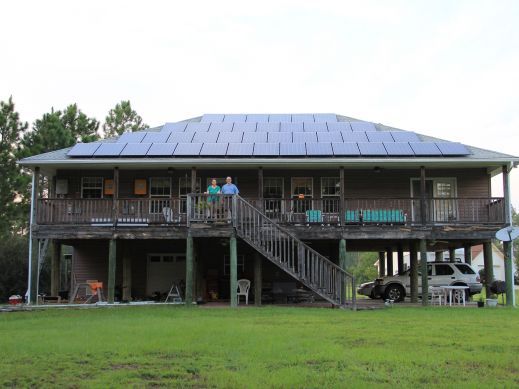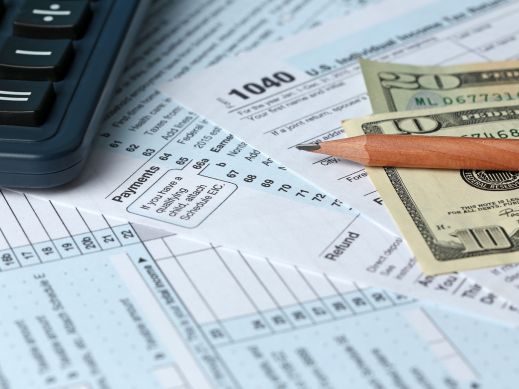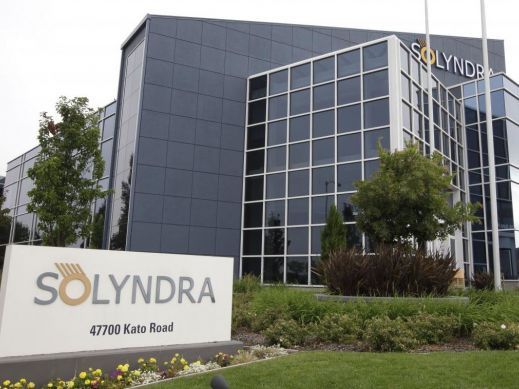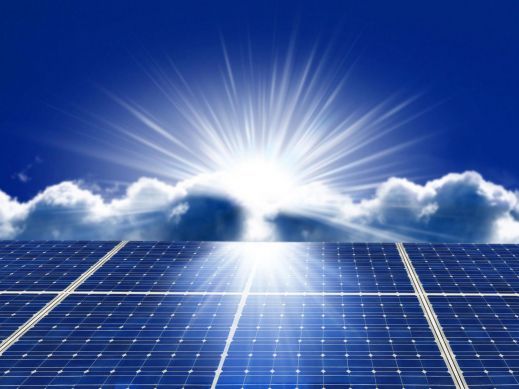
As solar incentives and net metering policy continue to evolve across the country discussion has, for the most part, centered on the value of solar to the grid and to society. While establishing estimates for these values is incredibly important in aiding an efficient transition to a renewable-based economy, solar homeowners (both current and future) have an understandably more practical question: what impact does the presence of solar have on the value of my home? Due in large part to rapidly decreasing costs, more than half a million homes in the US have gone solar. The picture above is from Hawaii where 17% of Hawaiian Electric customers now have rooftop solar. As this trend continues, buyers, sellers, agents and lenders will be forced to address questions regarding the current and future value of these systems.
One would imagine that when comparing two very similar homes on the same street the home with a PV system would fetch a higher initial assessment and ultimately a higher closing price. Until recently studies that investigated these valuations were limited in geographic scope and sample size. This lack of market intelligence was addressed by a groundbreaking study released by the Lawrence Berkeley National Laboratory in 2015. While past studies investigated individual neighborhoods with sample sizes up to 1,900 homes, the LBNL study sought to examine nearly 23,000 home sales and the impact of solar. Of these 23,000 home transactions roughly 4,000 had solar PV in eight states: California, Connecticut, Florida, Massachusetts, Maryland, North Carolina, New York, and Pennsylvania.
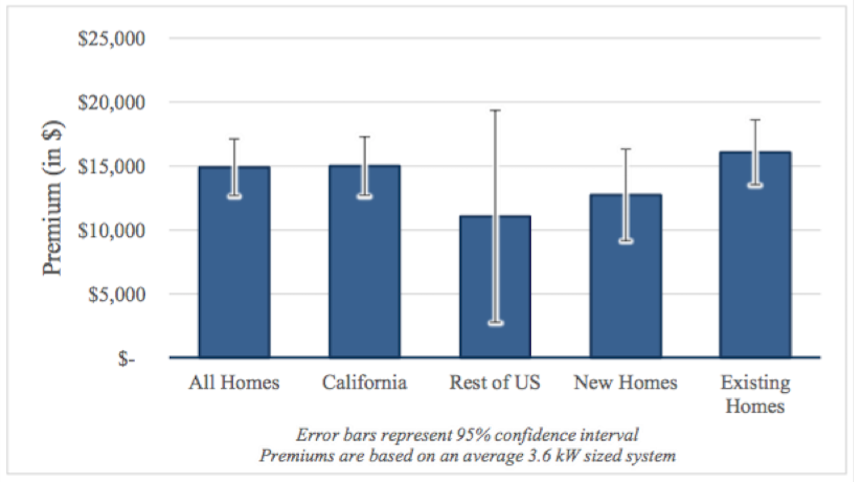
Source: Lawrence Berkeley National Laboratory
Across the sample of homes, LBNL found that on average homes with solar commanded a premium of about $15,000 (or roughly $4/watt) based on an average array size of 3.6kW. Interestingly, over the 11 year study period the premium associated with solar homes remained nearly constant despite dramatic PV system cost decreases over the same time period. PV premiums also remained consistently robust during the 2008 housing market collapse. This points to the fact that home buyers place considerably high value on the presence of solar and the promise of future dollar savings.
Finally, the LBNL study found that older PV systems carried a smaller premium when compared to newer systems of the same size. Although this discounting is in line with expectations, the study found the rate of premium retrenchment exceeds not only standard straight-line depreciation but also the rate of efficiency losses of the PV system itself. This may be due to many buyers being unaware of the usable lifespan of solar systems. Although this study did not address third-party owned or leased PV systems other research indicates buyers may stray away from homes with existing solar contractual agreements.
Several steps can be taken to ensure you are prepared to sell your home with solar. First, it would be wise to prepare a packet containing all relevant system information. This may include documentation on the equipment installed, warranties and the contact information for the contractor who performed the installation. Second, if data is available from the PV monitoring system, prepare a rough estimate of the savings the system has generated since it came online. Sellers could also go a step further in estimating future electricity savings over the lifespan of the system. Offering to show the buyer utility bills before and after installation may also be helpful to communicate the value of the PV system to the home.
